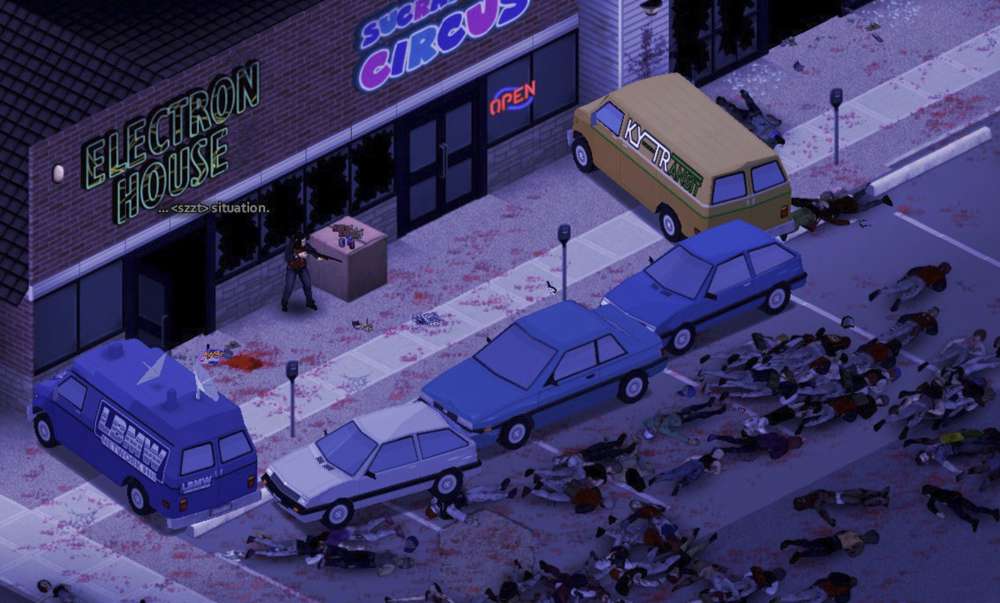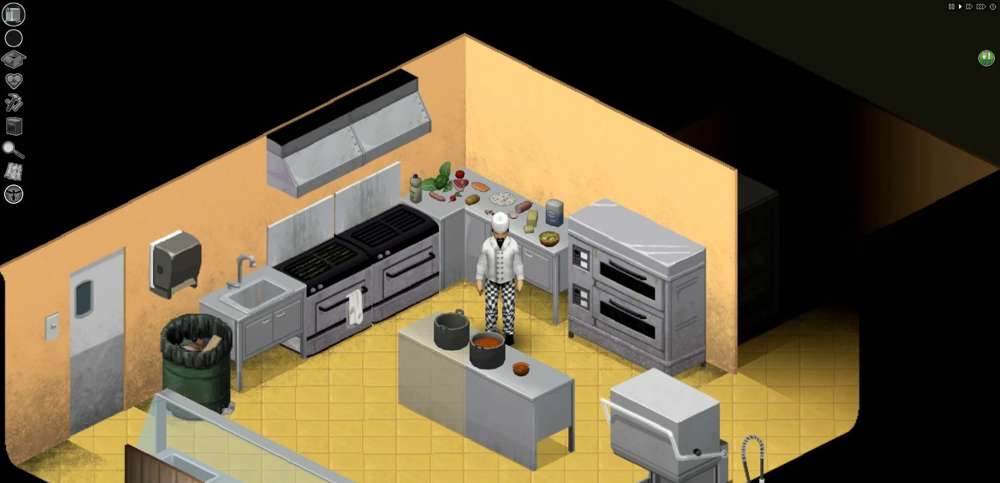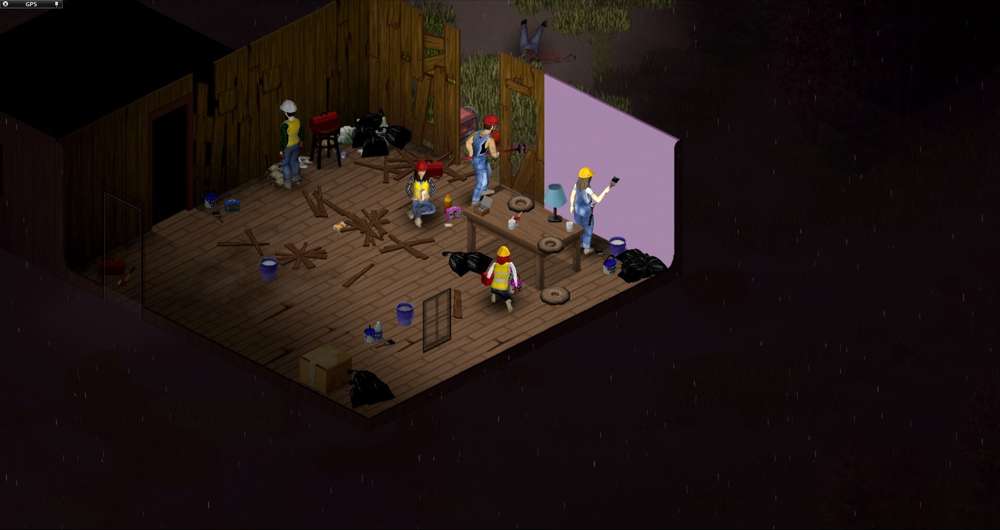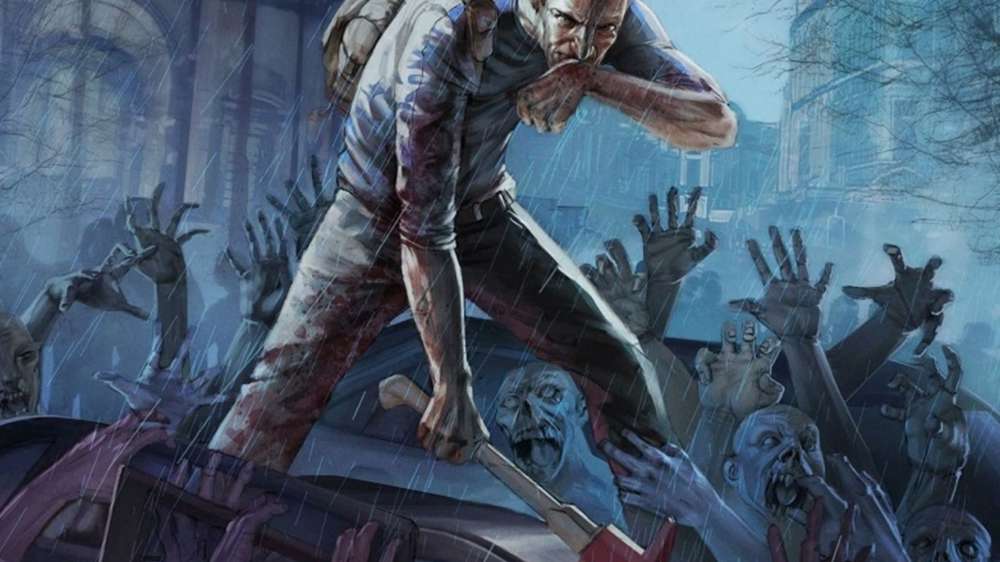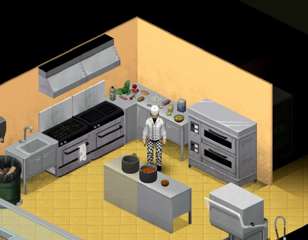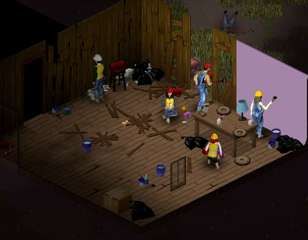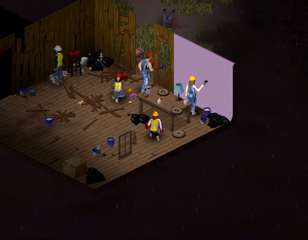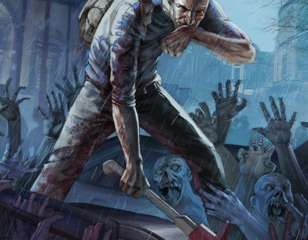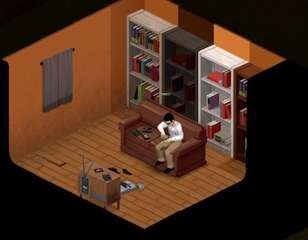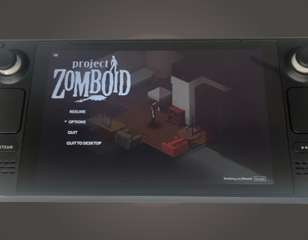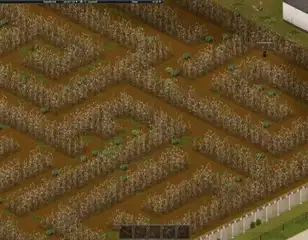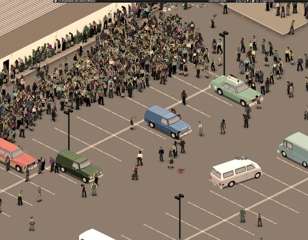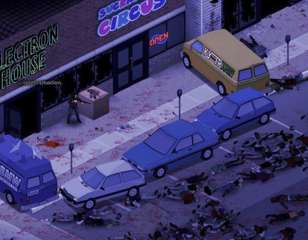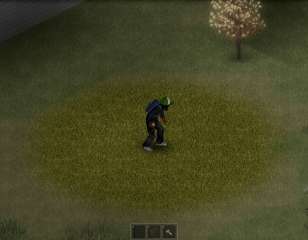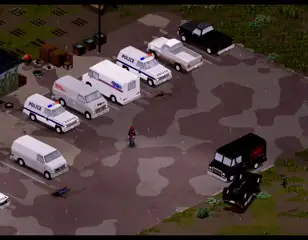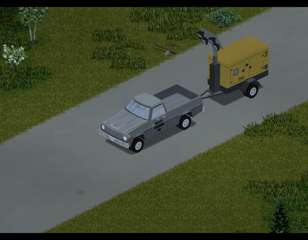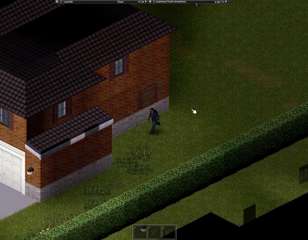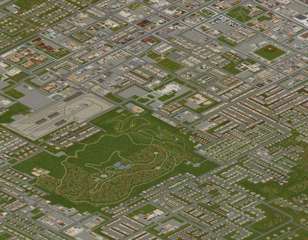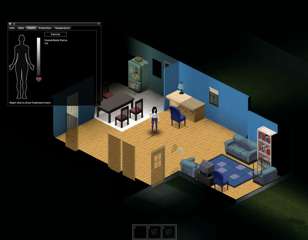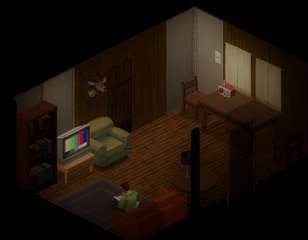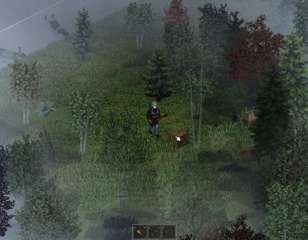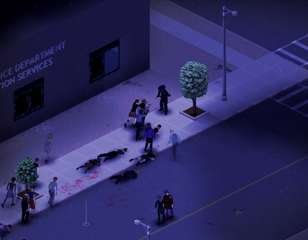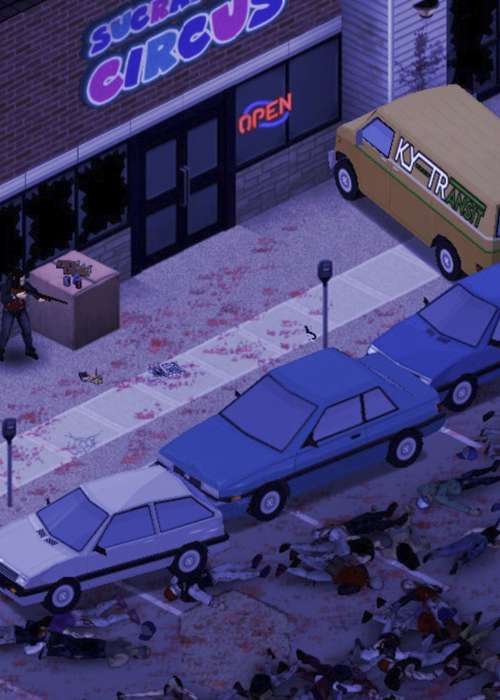
Beginner tips & tricks to survive in Project Zomboid
Take a look at our Project Zomboid beginner guide, which covers all the main goals you need to set for yourself during the first few in-game weeks, so you can survive as long as possible.
Our Project Zomboid beginner guide covers how to get started with surviving the zombie apocalypse so you can prosper as time goes on. Project Zomboid is a hardcore survival role-playing game where you are expected to die a lot, as getting bitten once is a game over, no matter how far into your save you are.
There are many aspects of survival you will need to learn if you want to last as long as possible with a character, ranging from establishing a safehouse to getting a consistent source of food and water. So, if you want some help getting started with your first playthrough, check out our Project Zomboid beginner guide.
There are many things to think about when starting your Project Zomboid playthrough, and it can be hard to balance all the aspects of survival that are important.
This guide will cover all the starting goals you need to set so that you are prepared for when the electricity turns off in-game, which happens by default around day 14.
This guide won't cover character creation, but you can check our best traits guide for an idea of what positive and negative traits to choose.
We're also going to assume you have played the tutorial and understand the game's basic mechanics pertaining to moving, fighting, inventory management, looting, skills, and more.
This guide will work for all starting areas, and is based on the default settings for the Survivor mode, so things may be harder or easier to do in your playthrough depending on what settings you have altered.
The first goal you should set in your playthrough is finding a safehouse. You'll most likely spawn in a house when you begin, and while it can be tempting to just set up shop where you spawn, you can often find a much better area or one of the best base locations by exploring a little.
There are no set rules on what and where your safehouse should be, but we generally suggest finding a place just outside of major towns, like a farm or secluded house. This usually means there won't be too many zombies around your house, but you'll still be close enough to go on scavenging runs into the nearby town.
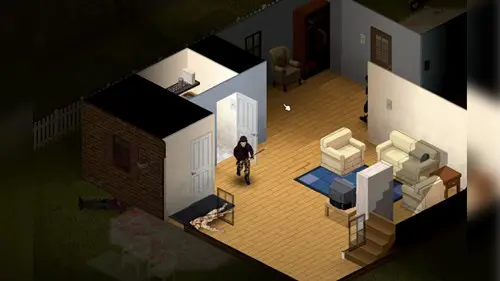
You don't have to restrict yourself to residential buildings for safehouses, and places like factories or fire stations can also work well, but they typically require clearing and are much closer to groups of zombies.
If you do choose a residential house as your safehouse, it's a good idea to make sure it has two floors. This usually means there is more internal storage for you to make use of, and it allows you to fully board up the windows and doors on the bottom floor, while using a sheet rope from the second floor to still access the house.
A good rule to establish once you have claimed a safehouse, is to only leave when you have a plan. Just wandering off randomly to explore isn't a great idea as you never know when you'll get back, so you should always try to plan your little expeditions and scavenging missions.
Our second goal involves scavenging and looting until you find a weapon, food and water, and a bag for increased storage. It's possible that you will have already found all of the above on your quest to locate a safehouse, making these first two goals fairly interchangeable depending on your circumstances.
When it comes to finding these items, you just need to keep looting as much as possible. Scour and scavenge houses, sheds, garages, shops, zombies, car trunks, and anything else that can hold loot until you fill your storage, and you should find them all.
In terms of weapons, you can't be too picky. An axe or sledgehammer would be preferable (as the best weapons in the game) but a kitchen knife or wrench will work just as well to help you deal with any zombies that you run into.
In terms of food, you'll want to collect fresh and perishable goods first, as over time they will rot, so save canned food for when you’ve run out. You also don't want to load up on too much food until you have a safehouse for storage, as it will stop you from collecting other useful items we'll cover later.
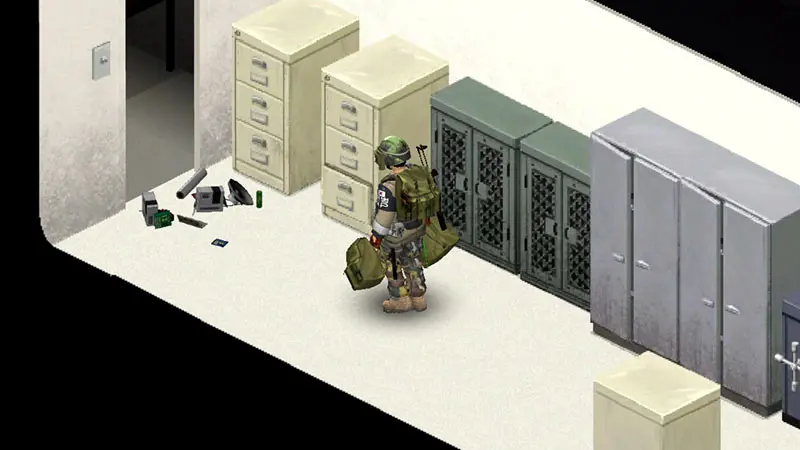
You'll also need a bottle for collecting water. A water bottle is the best option, but you can also use a bottle of soda for example, and just fill it with water after it's been emptied.
Lastly, extra forms of mobile storage are your best friend when looting. Backpacks like duffle bags or hiking bags are good starting options, as you can wear them on your back and increase your storage by over 20.
You can also use sacks and garbage bags and equip them in one of your hands. Just make sure to watch your overall storage, as if you go over the limit, you can risk damaging yourself.
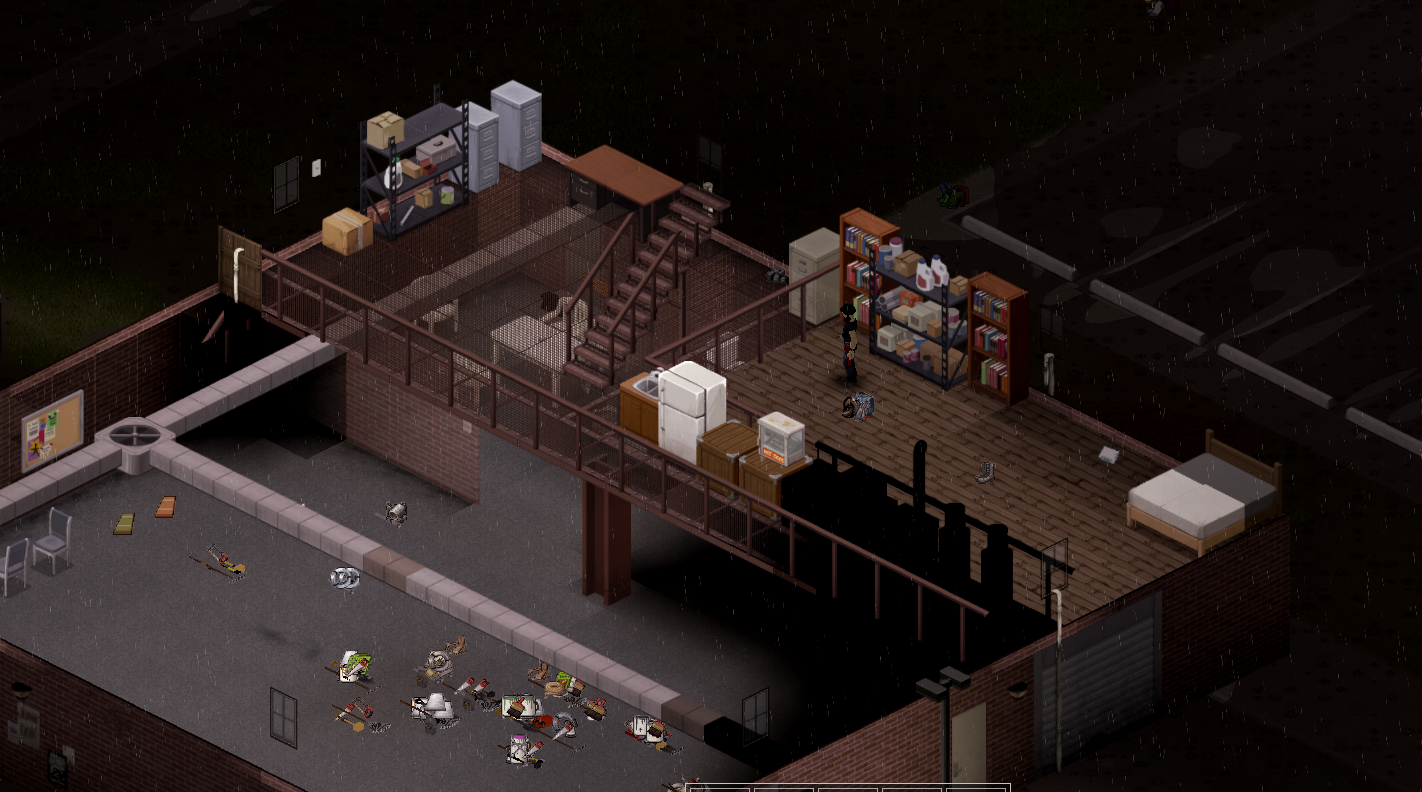
Once you are set up in a safehouse and have access to the basic amenities like a weapon, food and water, and a bag, you can turn your eyes toward the more specific items you'll need to survive the harsh Project Zomboid world.
There are frankly way too many to cover here, but here's a short list of some key items you will want to start collecting on your scavenging runs:
- First aid supplies (bandages, painkillers, stitches, antibiotics)
- Tools (saw, hammer, screwdriver, propane torch, trowel)
- Crafting materials (nails, duct tape, glue, scrap metal)
- Skill books
- Clothing (winter clothes, summer clothes)
- Stationary (pencil, eraser, maps)
- Lighters/matches
First aid supplies are pretty self-explanatory, allowing you to heal yourself from any injuries or illnesses you pick up.
When it comes to tools, the above list doesn't even come close to covering them all. Luckily, the inventory screen tells you when a specific item is a tool, so I recommend picking up at least one of each tool. They are useful for many different skills such as Carpentry, Electrical, Mechanics, Metalworking, Farming, and more.
Crafting materials also relate to the skills from the previous paragraph, allowing you to make items that range from new weapons like spears to barricades and even water collectors.
Books don't seem like they'd be particularly useful during an apocalypse, but skills books are one of the most important parts of the Project Zomboid meta.
Every skill in the game has five volumes of books, and reading these will give you skill modifiers, which increase the XP you receive every time you use one of the skills. This allows you to level up much quicker, making you more powerful, while also giving you access to more gameplay options.
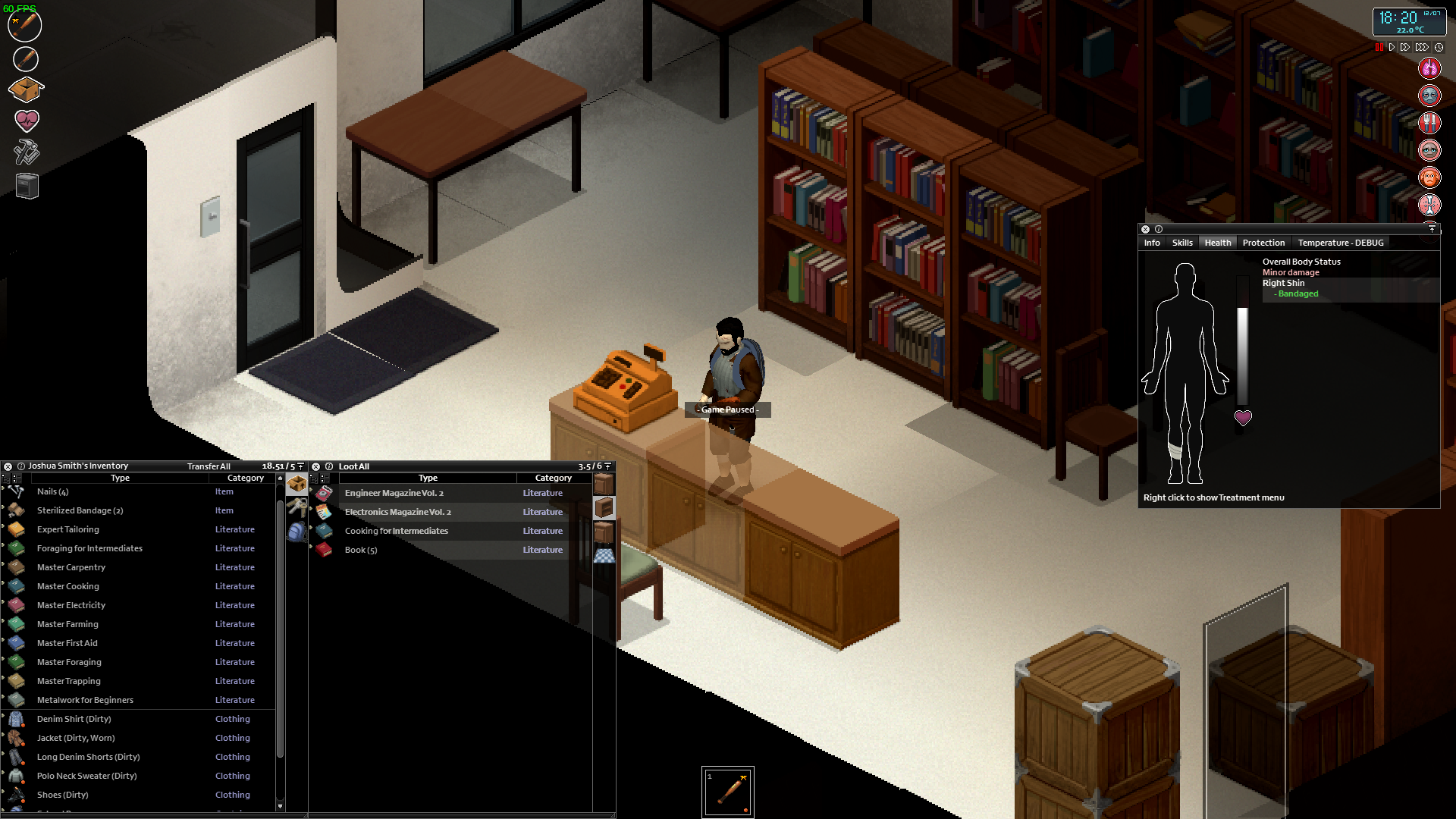
The clothing you start with is rarely the clothing you will keep throughout your entire journey.
Firstly, clothes can suffer from wear and tear, so you will want them in the best condition possible.
Secondly, they provide protection from the zombies themselves, which is denoted by an item's bite and scratch defence.
Thirdly, they protect you from the elements, so when the game gets to Winter, you will need well-insulated clothes to keep out the cold.
Stationary items are luckily quite easy to find, and they help you when it comes to the world map. Pressing M brings up your map, and while most of it will be obscured by the fog of war, you can reveal the map by exploring or finding maps of specific areas.
On the map, you can also use a pen to create markings, which is a useful way of noting where items are that you can come back for, or which areas are too dangerous.
Finally, lighters and matches have a few different uses. If you have the Smoker trait, you can use them to smoke your cigarettes, but more importantly, you can use them for creating campfires.
These are great heat sources you can use to cook food when you aren't back in your home, letting you survive while on the road.
With so many items available in Project Zomboid, we can't cover them all comprehensively in this section, however, the above list should cover the basics that you'll need to survive during your playthrough.
So, you've got a safe house; you've got the basic amenities, and you've got some of the more advanced items like tools, books, and first aid. Now you need access to a car, which allows you a greater form of mobile storage, and a means of travelling the huge distances between the different towns and cities within Kentucky.
Cars aren't too hard to find, but a working car that you can also access is a different story. Firstly, you'll want to make sure a car is working before attempting to take it. If you right-click a car, you can select 'Vehicle Mechanics', which brings up a window detailing the overall health of the car.

If everything looks good here (i.e. a working engine, tires) then you can try the next step of getting inside. Some cars are open by default, while others are locked and require you to smash the window or somehow find the key nearby.
Even if the car door is open, there's no guarantee the key is in the ignition. Keys can sometimes be found within the glove box or on nearby zombies, but if not you may need to resort to the hotwire mechanic, though this has its own risks.
If you do have access to the key, now you need to make sure there is some gasoline in the tank. If not, you will need to find a gas can and siphon fuel from other cars or fuel pumps.
If everything goes well, you will now have access to a car. I suggest taking it back to your safe house or leaving it somewhere that's safe and easily accessible when you need it.
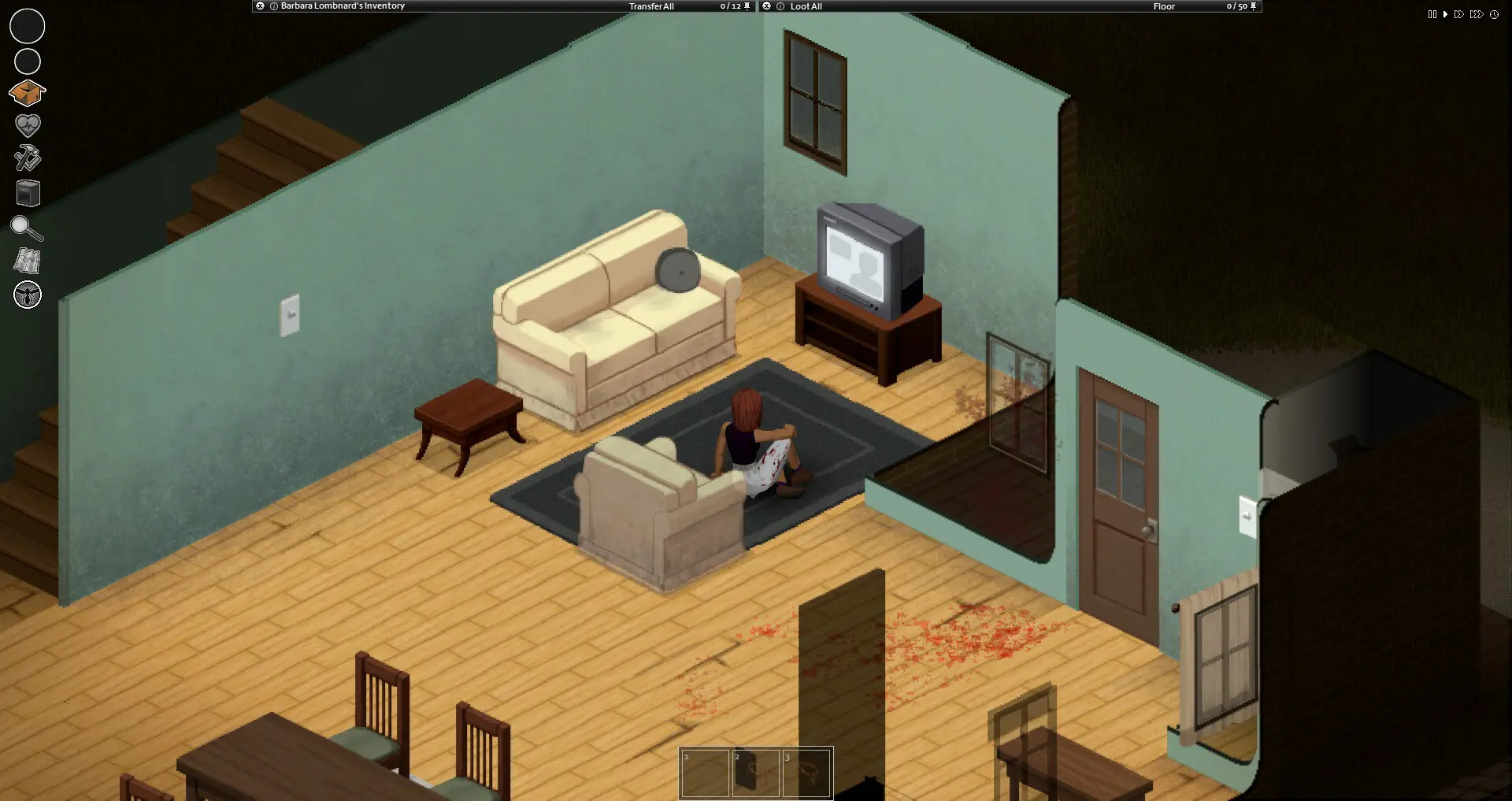
We mentioned how books are great ways to earn XP multipliers for your skills earlier, but the same goes for watching TV, specifically the Life and Living TV channel. We've covered the full TV schedule in a guide if you need it.
Basically, the Life and Living TV channel has various programs that pertain to survival, which will run for the first nine days of the apocalypse.
These programs cover the Fishing, Cooking, Carpentry, Foraging, and Trapping skills, and watching them will reward you with lots of XP, giving you a very useful boost to some key skills early in the playthrough.
It can be hard to balance the Life and Living TV schedule around your other survival goals, but catching as many of these programs as possible during the first nine days can give you a well-needed head start on some of the most important survival skills.
Our final goal for survival is reaching sustainability. The deadline for reaching sustainability is basically once the electricity goes off, which typically happens at day 14, but can take up to day 30. While you aren't exactly done for if you don't have sustainability by this point, the game becomes much harder.
There are three main objectives for reaching sustainability: having a consistent food source, a water source, and electricity.
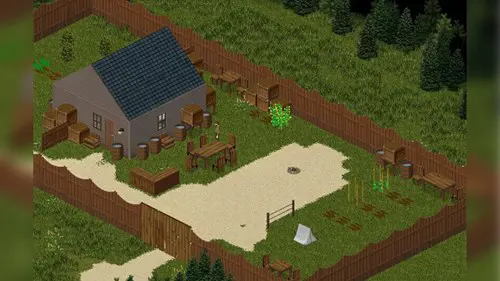
When it comes to food, you can continue to collect cans of food and keep eating them, but establishing a farm is a much better idea. Our explainer of the Farming skill covers how exactly to get a farm up and running, but generally, you will want farming tools, land with dirt, water, and seeds to plant.
Getting water can be a little tougher. Firstly, we suggest filling up everything that can hold water before the electricity turns off, so you have a decent surplus. After this, you will need to start collecting water with rain collector barrels, or by finding water sources like wells, rivers, and lakes.
The water you get from these isn't always safe, so you may need to boil them under a fire to make them clean and drinkable. You can also set up some plumbing to connect rainwater barrels with the water containers in your house, like a sink or bathtub.
To get a source of electricity, you will need a generator. This is an item that can be found in garages, sheds, warehouses, or storage units. Generators are also very heavy, meaning you'll need to use a vehicle to transport them back to your base.
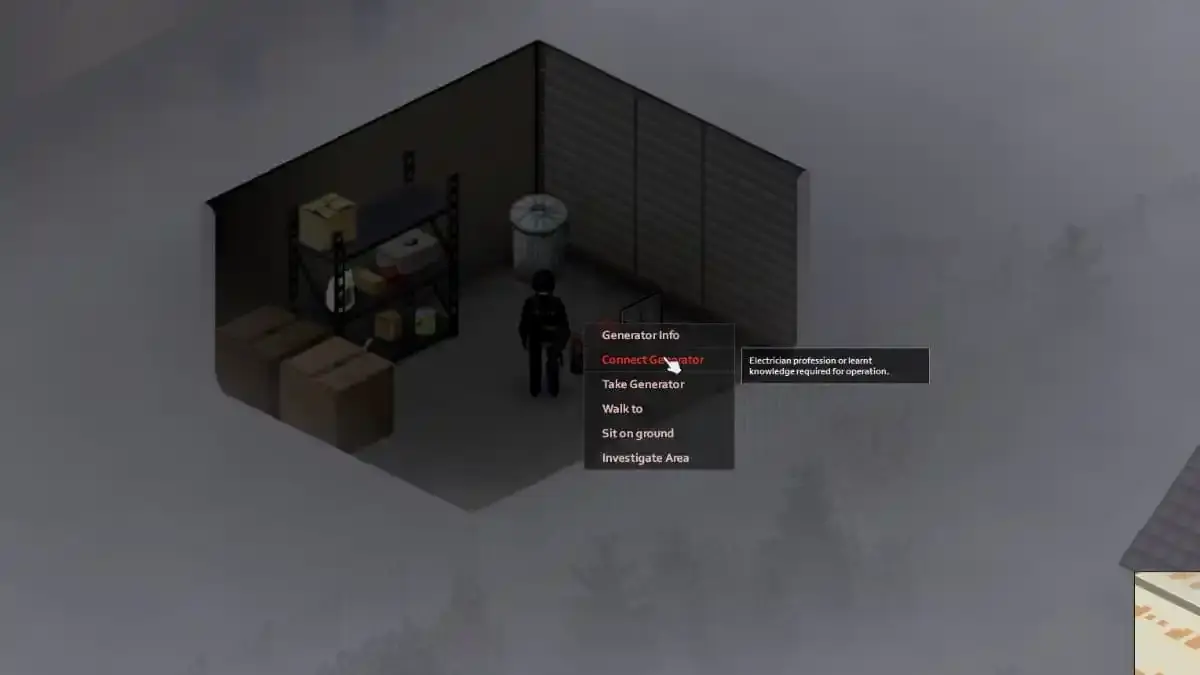
Once you have a generator, you will also need to find a specific recipe magazine called 'How to Use Generators', as this allows you to connect a generator to your house and get the electricity back up and running.
Generators will require fuel to keep running, and it's worth noting they can't be kept inside your safehouse due to the exhaust, which can affect your health.
Once you have access to all three of these, you will be set up pretty well for the mid-game portion of Zomboid, where you can start venturing out further, establish more safehouses, and just try to survive as long as possible.
That's all for our Project Zomboid beginner guide, and now you know the main goals that you need to set during the first few weeks of your playthrough, so you can reach sustainability and survive as long as possible.
Check out our Project Zomboid homepage for more guides. We've also covered the helicopter event, how to use cheats, and how to find VHS stores.

About The Author
Tarran Stockton
Tarran is a Senior Guides Writer at GGRecon. He previously wrote reviews for his college newspaper before studying Media and Communication at university. His favourite genres include role-playing games, strategy games, and boomer shooters - along with anything indie. You can also find him in the pit at local hardcore shows.
